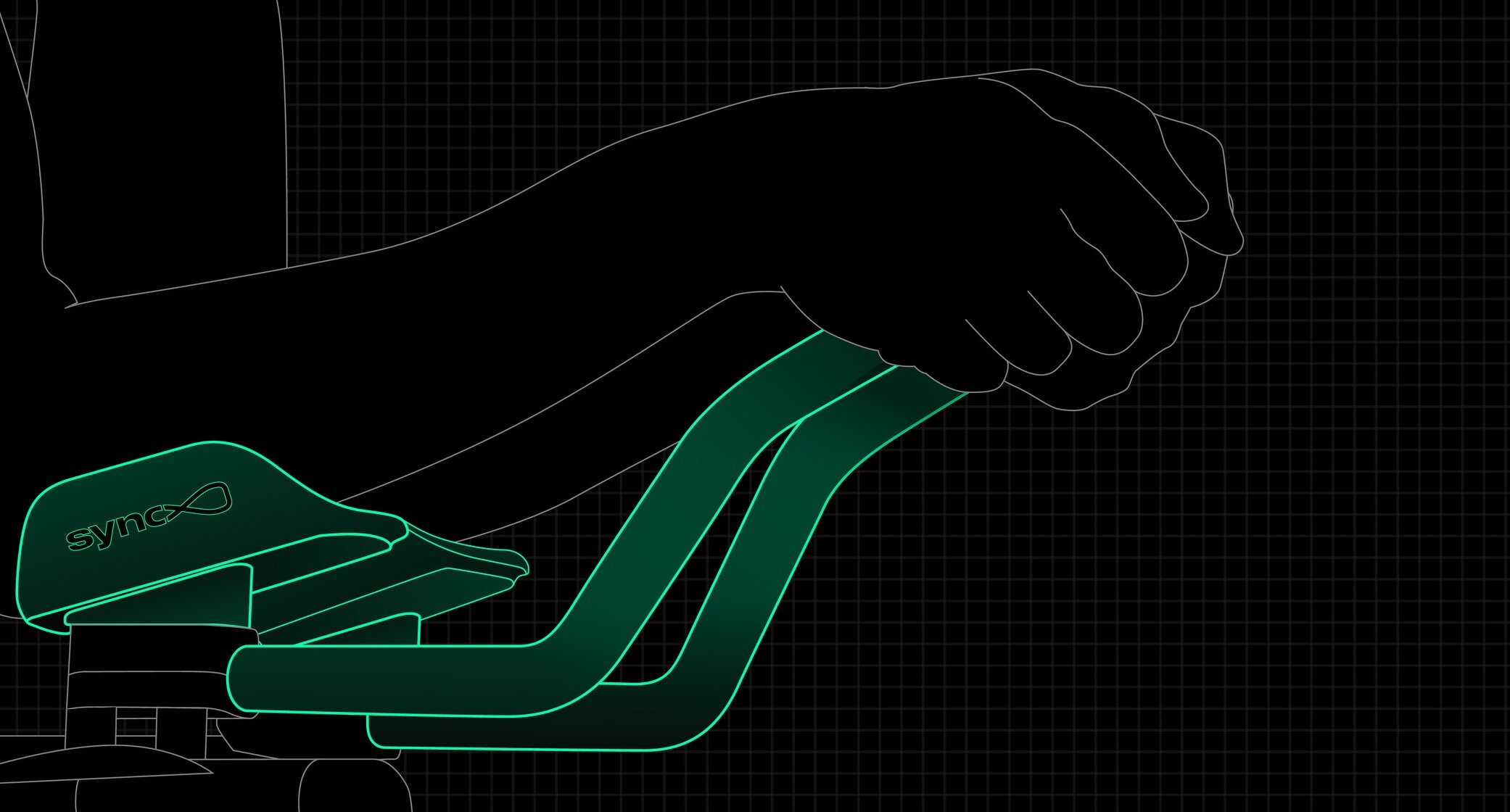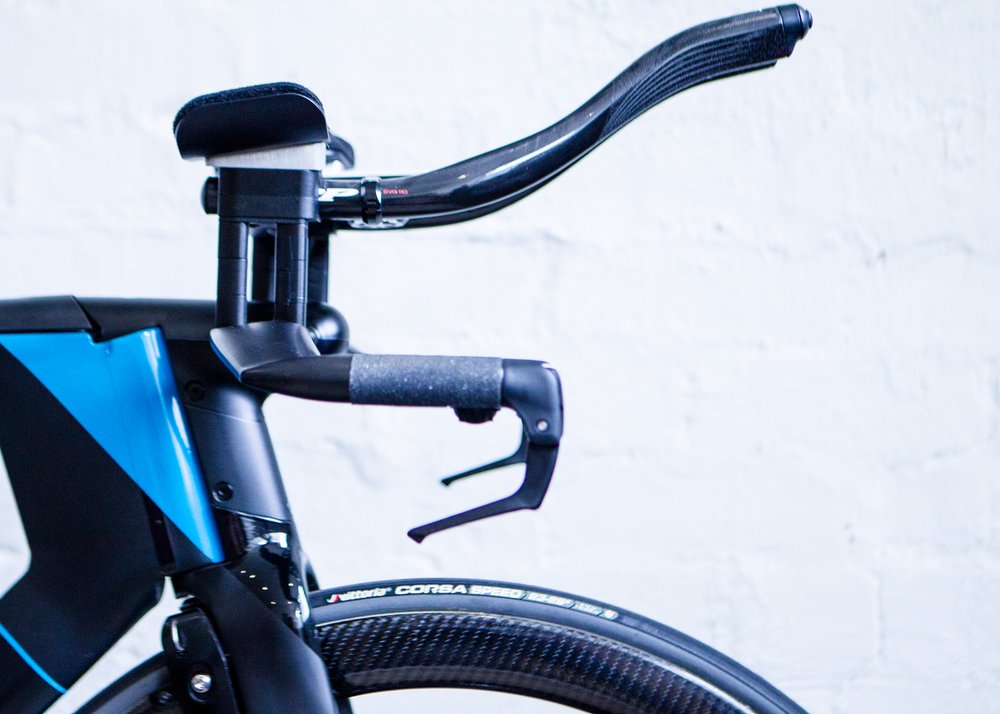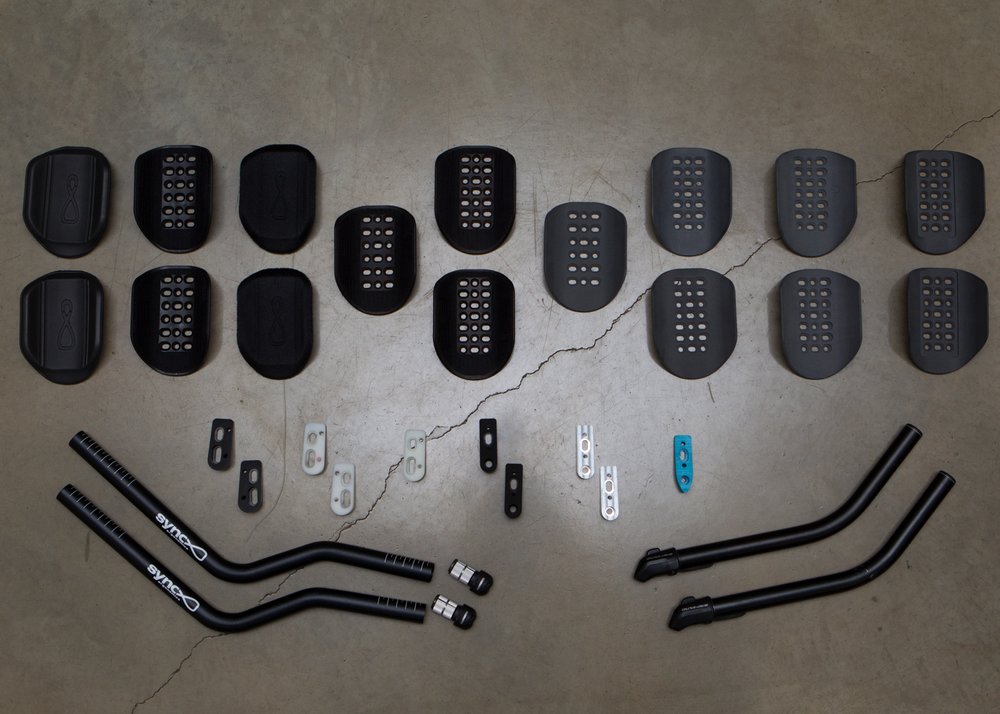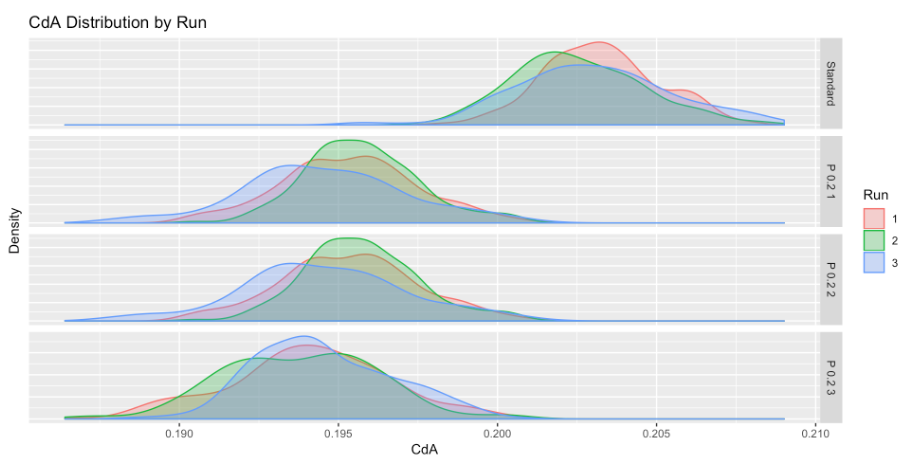Project 0.2 Development - Achieving a True High-Hands Position
12th Jan 2024
Project 0.2 started as a challenge, with the goal of reaching the elusive 0.2 mark in aero testing. In our position optimisation work at Adaptive Human Performance, we know that manipulating an athletes position often yields the greatest improvements in aero performance, so naturally our testing and development started here. The high-hands position has long been used as a means of improving comfort, but we never guessed that these same modifications would prove so beneficial for improving aero performance.
Defining the High-Hands Position
Before delving further, we need to define some key terms. When we talk about the high-hands position we use the following definitions:
Equipment measurement: In keeping with the UCI’s definition of measuring height gain, we define this as 100 mm of height gain, measured from the centre of the arm cup, to the top edge of the extension (including shifter body).
With the proximal reference point at the centre of the arm cup/pad, this reference point is influenced by both cup length and cup angle. A longer cup means that the measurement point is further up the slope of the cup/pad. A higher angle means greater vertical displacement of this measurement reference point.
Kinematic measurement: When looking at the functional outcome, this is measured in the forearm angle. When 100 mm of height gain is fully utilised this results in a forearm angle of 15 degrees.
The kinematic outcome is very much reliant on grip technique. It is possible to hold the extension in a manner that flattens the forearm below the 15 degree target, diminishing the comfort and performance gains.
“Equipment choice, equipment setup and grip technique are all vital in executing a true high-hands position ”

Low Angle - Limited Gains
When someone considers the angled front end solution, naturally the conservative approach is where it starts. In the quest for comfort, we started with a 5-degree wedge solution. With the 5-degree wedge, we quickly learned that 5 degrees was insufficient to prevent the positional instability, or the “slipping forward”, that is so often associated with a time trial position. A higher angle was required.
The next prototype we tried was a 10-degree wedge system, allowing us to use a standard arm cup and standard 110 mm rise extensions. We instantly knew that the change to the higher angle was a step in the right direction (support) and we were surprised to see that this change also resulted in improved aero performance. The wheels were in motion, we knew we had to investigate this further.

System Wide Approach - The Project 0.2 Ecosystem
When we first produced angled arm cup wedges to test and validate a range of hand positions, we were immediately confronted with the issue of extension compatibility. The extensions we could source for prototype purposes did not present a robust long-term solution and we were further limited by the inability to achieve the desirable grip angle. In testing the initial prototypes, it was evident that successfully achieving a high-hands position would require a considered approach to not only the arm cup and arm cup wedge, but the entire system of components.

Moderate Angle – Modest Gains
We know the wedge solution improves comfort and aero performance. For us, it’s not a question of do we angle the front end, or do we stick to flat, it’s a question of what is the best angle to maximise gains. Low angles (up to 10 degrees) show promise, but 15 degrees is the point at which meaningful gains are identified.
We have tested cup angles up to 22.5 degrees, with 140 mm of height gain, but are yet to test the “super high-hands” position as being more beneficial for aero performance. While the novelty of the “super high-hands” position is appealing (to us as well), the fact is we consistently test 15 degrees as the happy medium for improving all round performance (comfort and aero).
So what’s the Project 0.2 ecosystem worth? When validating the aero performance of the Project 0.2 ecosystem we use our ever dependable test subject, Jordy Villani. We validate the system at a range of exercise intensities, ensuring the results apply to all relevant race conditions. The difference in performance is immediately visualised in the CdA distribution plots obtained from aero testing. The following image shows the CdA data collected from three separate trials of the Project 0.2 ecosystem (varied intensities), compared to a standard front flat forearm position. In each of the test runs on the Project 0.2 ecosystem Jordy was able to exceed the 0.2 m^2 target we set, the real outcomes are seen in the equivalent power/time gains.
UCI Competition
40 km at 375 Watts - 14 Watts equivalent power gain - 34 seconds equivalent time saving
IRONMAN Competition
180 km at 275 Watts - 10 Watts equivalent power gain - 168 seconds equivalent time saving

Our Approach
The Project 0.2 ecosystem comes from an objective approach to the position optimisation process, where concepts are tested, and where products have been developed and evaluated on real performance outcome measures. Project 0.2 provides uncompromised support for the high-hands time trial position and is our take on the equipment required to achieve a high-quality time trial position.
Special Thanks
The data analysis processes would not have been possible without the help of Scott Gigante, creator of the custom data analysis package we use.
Credits
All images are by Aaron Upson (@aaronupson)
The featured athlete is Jordy Villani (Subaru-AnchorPoint Cycling)
Words by Ken Ballhause of Sync Ergonomics

